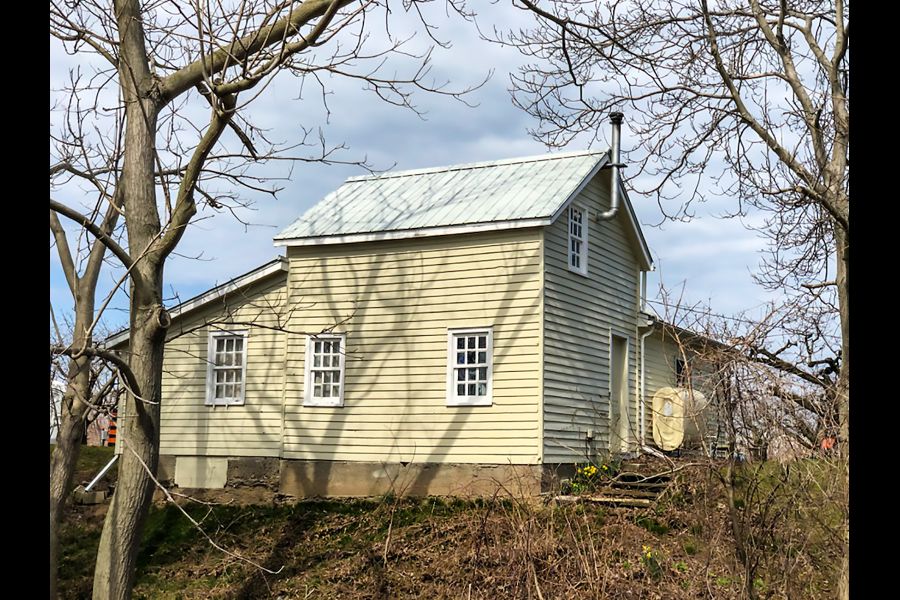The mechanization and consolidation of Canada’s fruit and vegetable industry at the end of the 19th century transformed the farms and canneries of Niagara.
Where earlier farms were typically operated by the farm family and a few hired hands, the intensification generated by a much higher demand for produce created a significant labour shortage.
Very early in this cycle, farm operators drew upon the labour pool represented by the Haudenosaunee people of the Grand River. Entire families would migrate to the farms on the western shores of Lake Ontario in early May, returning to their homes in the autumn after the harvest.
When the Indigenous labour pool proved to be insufficient, the industry turned to “imported” workers from Buffalo. Principally immigrant Italian and Polish women with their children and their husbands, who were commonly employed in factory jobs, they simply ignored the border in order to come for the work in the fields and canneries.
In the very racially stratified environment of early 20th-century Niagara, housing conditions for these workers were typically deplorable. The Indigenous workers might be allowed to set up an encampment or doss down in an empty barn, while imported workers could be provided a dirt floor shack of dubious weather tightness.
Between Indigenous and “imported” workers the labour requirement was met, but with the advent of World War I, its associated increased food production demands and reduction in the minority male (the majority being female workers) farm labour component, they once again faced a worker shortage.
Enter the provincial and federal governments with a program to recruit female university and senior high school students, teachers and young business women (or clerks) to step in and fill the gap. The women responded and quickly became commonly known as “farmerettes.”
Now, this was an entirely different proposition from what the industry was used to in terms of seasonal workers. These were women “of good class,” “educated,” of “good home training” and as such were not housed in a similar fashion to the Indigenous and imported workers.
During the war, the government provided housing and support (through the YWCA) for the farmerettes, but afterward the responsibility for their living accommodations fell back upon the individual farmers.
The answer came in the form of a relatively small, sturdily built house. Its main floor was devoted to kitchen and living space with a winder staircase leading up to dormitory-style sleeping accommodation on the second floor.
When the farmerette program dwindled after the Second World War, these “help houses” were occupied by migrant workers. Today, a few hardy survivors of this housing can still be seen; some empty, some buried inside additions and others still performing their original purpose.











